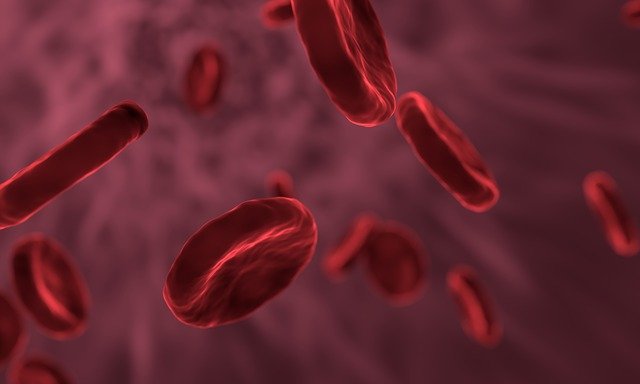"Hairy" cellulose could reduce side effects of chemotherapy
 A new Nanomaterial can "stray" chemotherapeutic molecules intercept before they can damage healthy tissue. Therefore, there is hope that the side effects of chemotherapy both during and after treatment. The main component of the nanomaterial are "hairy" nanocrystals made of cellulose. The developers claim that 1 gram of such crystals is more than 6 grams of commonly used chemotherapy drug doxorubicin (DOX) can capture. This makes it 320 times more potent than previous DNA-based alternatives.
A new Nanomaterial can "stray" chemotherapeutic molecules intercept before they can damage healthy tissue. Therefore, there is hope that the side effects of chemotherapy both during and after treatment. The main component of the nanomaterial are "hairy" nanocrystals made of cellulose. The developers claim that 1 gram of such crystals is more than 6 grams of commonly used chemotherapy drug doxorubicin (DOX) can capture. This makes it 320 times more potent than previous DNA-based alternatives.
The taking of Cancermedication brings with it a whole range of side effects, such as B. hair loss, the development of anemia and jaundice. Scientists are trying to minimize these effects by looking for ways to increase the concentration of the Blut circulating chemotherapy drugs. Among the proposed solutions are the use of catheters with special resins or the introduction of with DNA coated magnetic nanoparticles into the body.
Image source: Pixabay / Which
However, these methods are not without disadvantages. External devices such as catheters are not only large, but can only remove very little DOX, namely only a few micrograms per milligram of absorbent in several minutes. The removal of a physiologically relevant amount DOX would require a catheter up to 50 cm long, which would be very uncomfortable for patients. A good alternative are therefore nanoparticles with a suitable electrical charge, which combine with chemotherapeutic agents in the blood. However, the problem is that Blut is a complex liquid in which nanoparticles can quickly lose their charge.
Researchers from Pennsylvania State University have found a solution to this problem. The researchers, working under the direction of Professor Amir Sheikhi, broke down cellulose fibers into nanocrystals and then placed them between disordered cellulose fragments. These cellulose 'hairs' are actually clumps of biopolymers. They do a great job of enhancing the ability of the crystals they contain to bond with drugs. In experiments, the researchers found that 1 gram of such nanocrystals more than 6 grams DOX can bind in a serum. In addition, it was found that the whole structure does not lose its properties when in contact with blood, does not damage red blood cells and does not interfere with cell growth.
The researchers described their invention in Materials Today. They announced that they would start work on a minimally invasive device to remove unwanted substances from the Blut will begin.